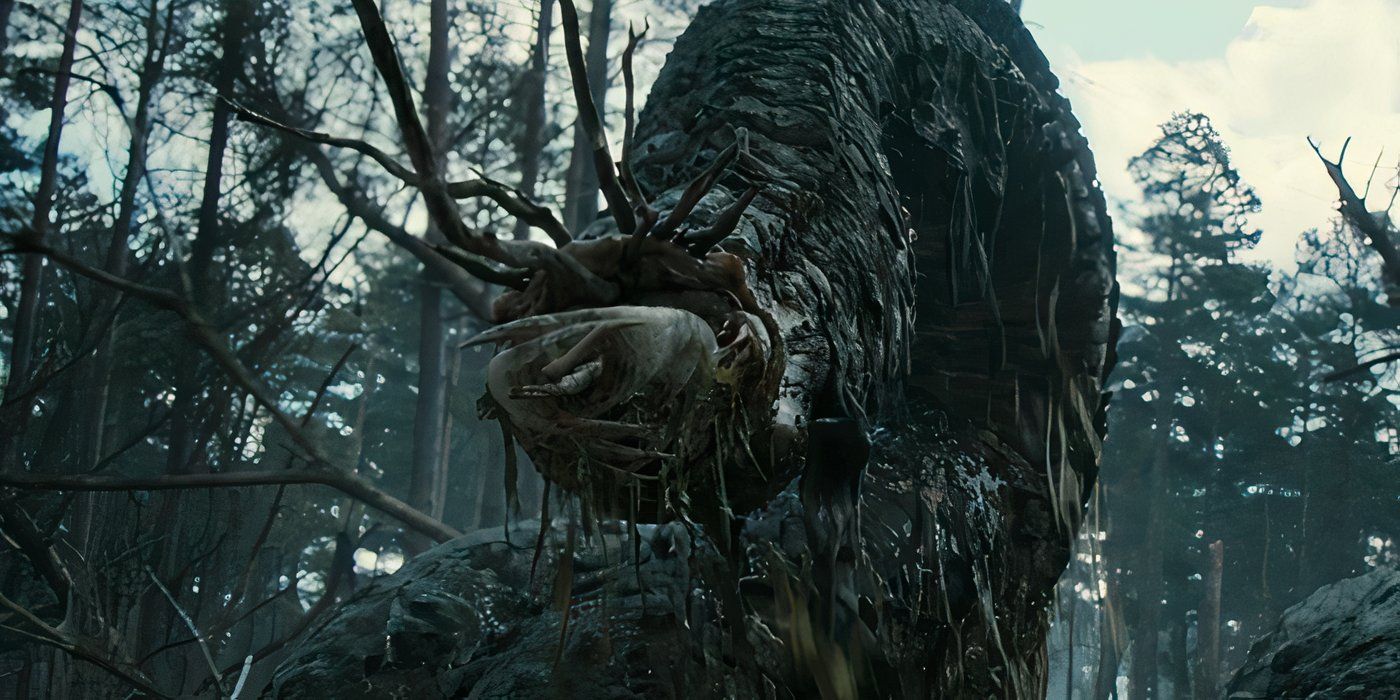
The Lord of the Rings: The Rings of Power has been exploring the fantasy world of J.R.R. Tolkien and all its monsters, nameless things included. In The Rings of Power season 2, episode 4, Isildur was sucked into the mud and attacked by a giant worm-like creature that Arondir called a nameless thing before slaying it. Nameless things have their root in Tolkien’s work and have been adapted for the screen before, but they remain a huge mystery, with a few important passages that point to the truth about the monsters.
With Sauron’s real identity out in the open in season 2, it could be assumed that all the evil sweeping Middle-earth is his doing, but the reality is very complex. Sauron’s rise to power in Middle-earth has been accompanied by some fantastical beasts, with Galadriel and Elrond running into Barrow-wights and Arondir and Theo encountering Ents. Sauron enchanted a warg in episode 1. Many monsters, good and evil, have ancient origins in The Lord of the Rings, and Amazon Prime Video’s show is just scratching the surface.
The Nameless Things’ Origin Is A LOTR Mystery (But Morgoth May Be Responsible)
Morgoth’s Discord Impacted Creation
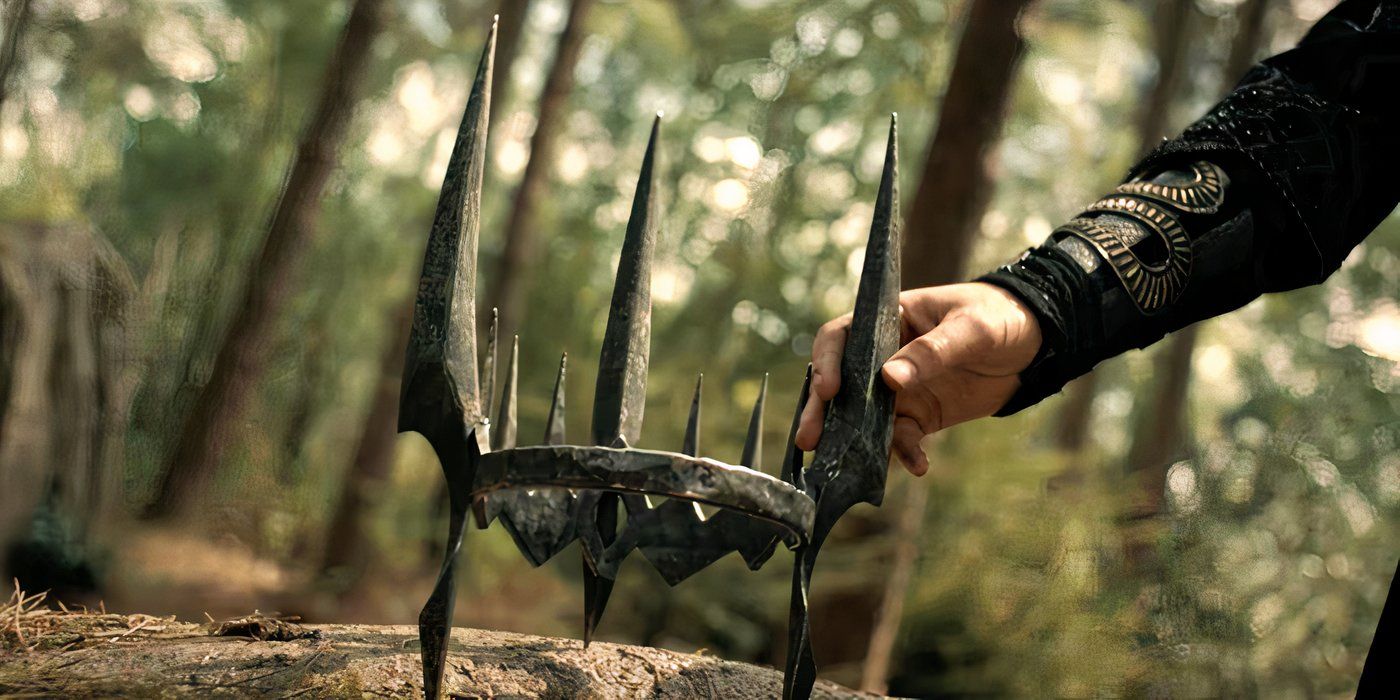
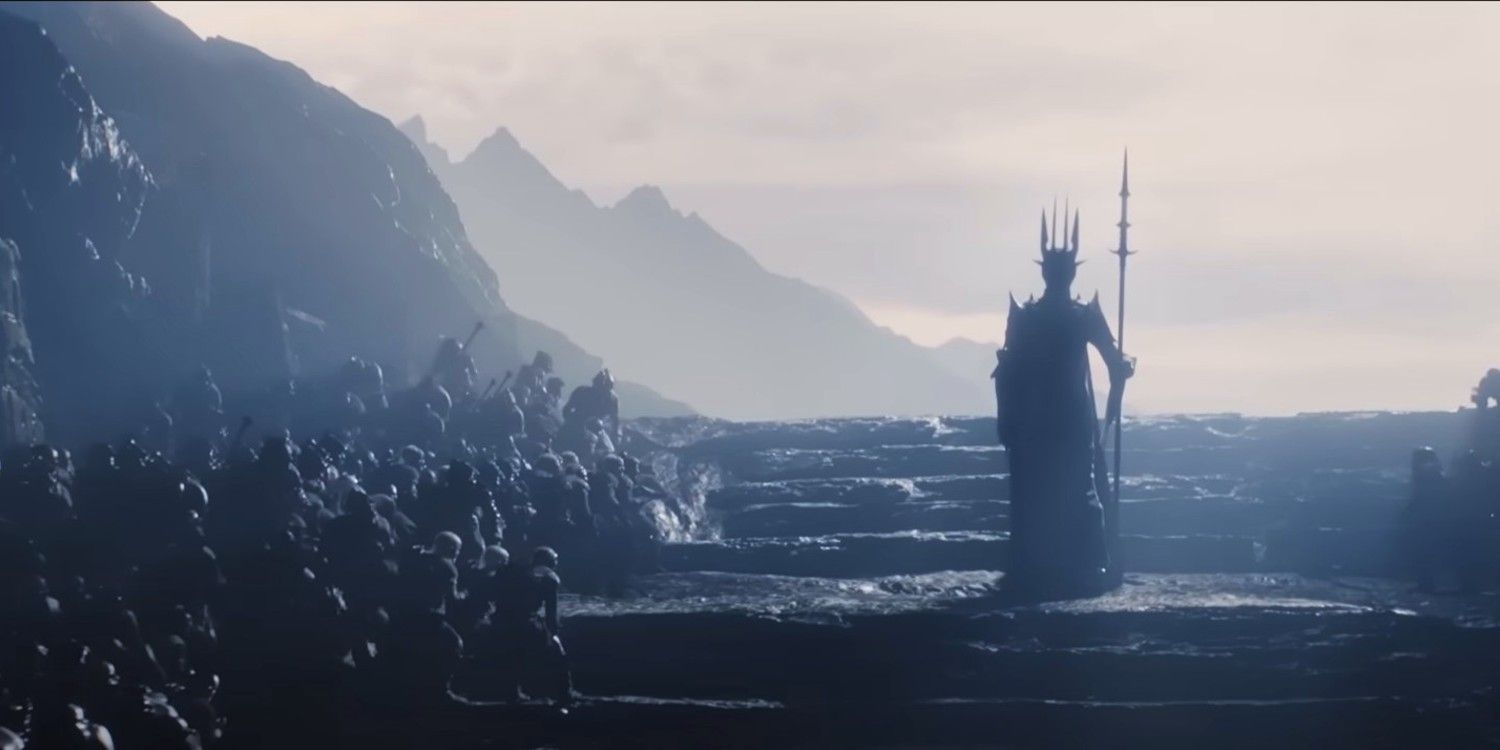
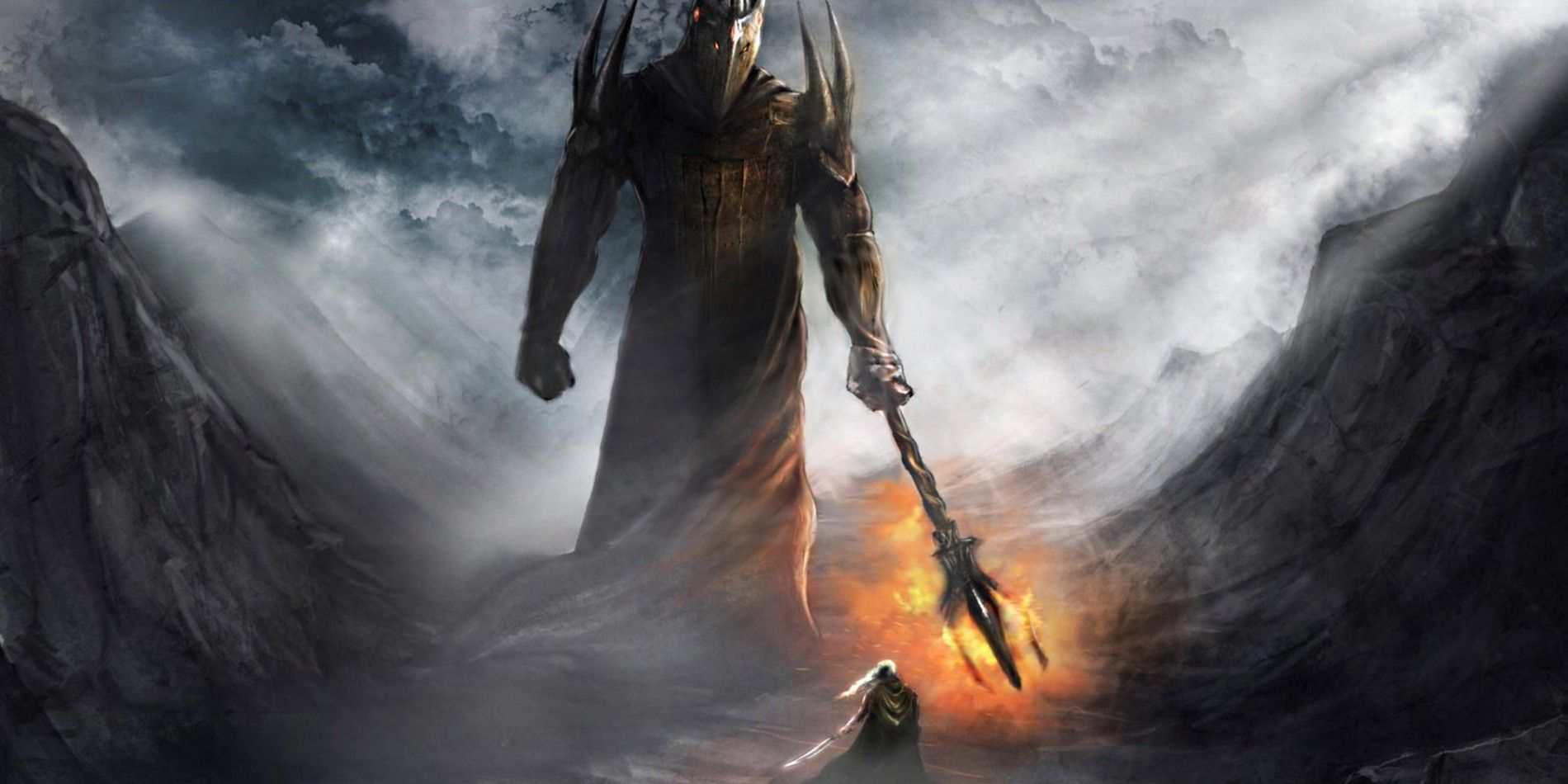
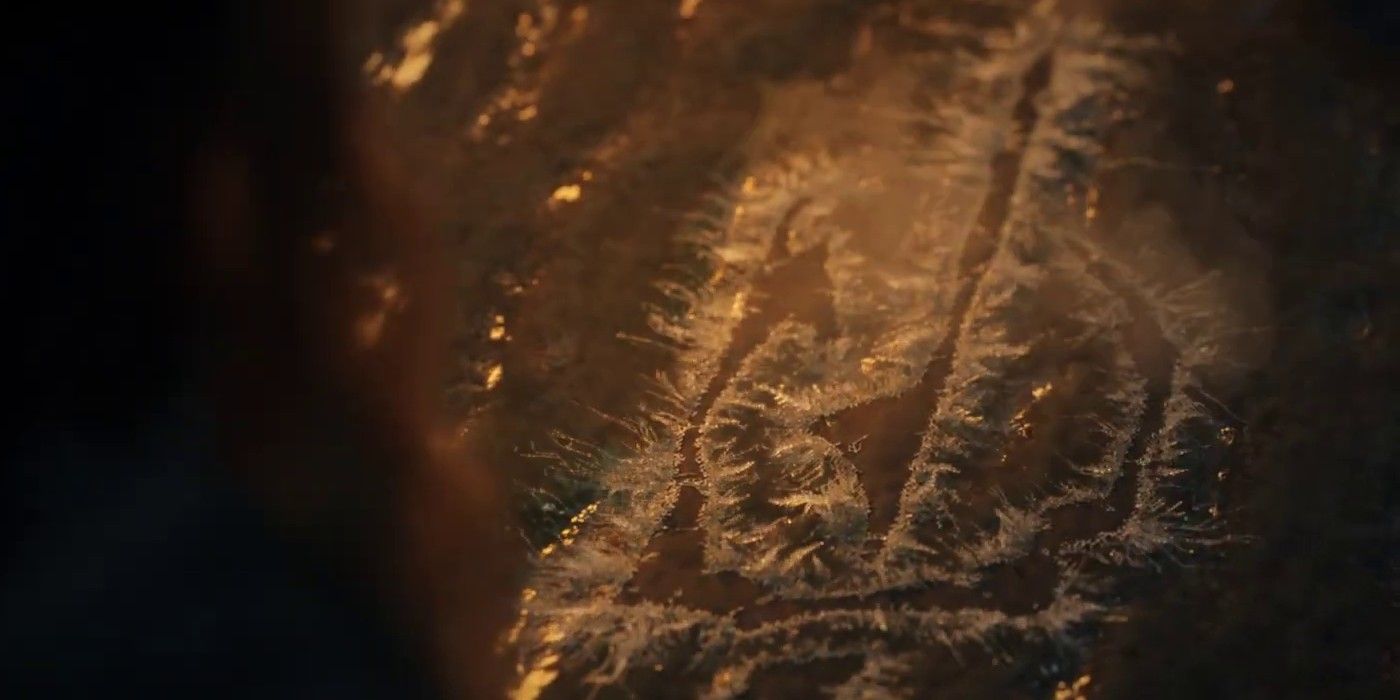
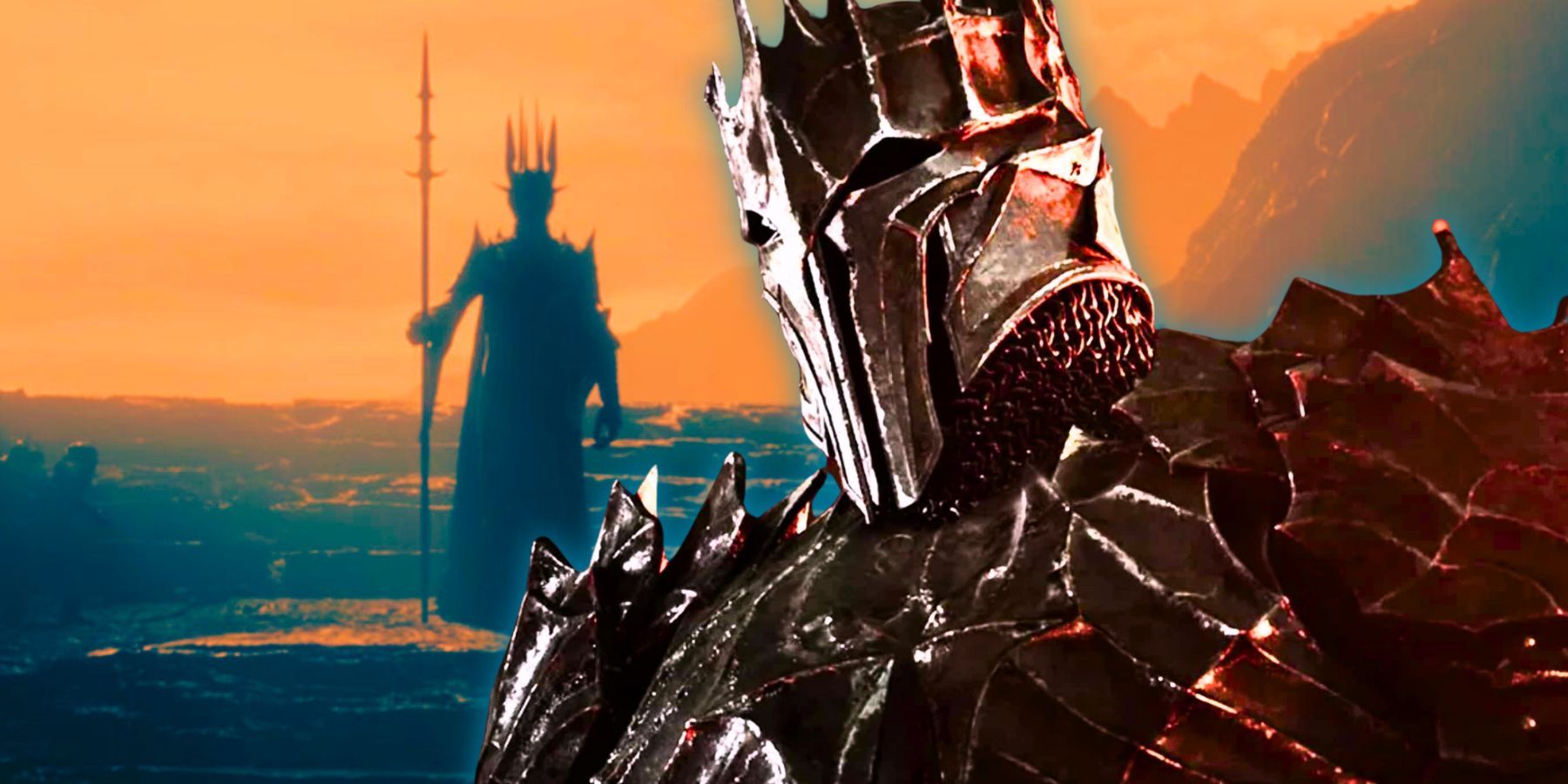





Gandalf was telling Frodo about his sojourn in the underbelly of Middle-earth when he raised nameless things, claiming that “Even Sauron knows them not. They are older than he.” This part of The Lord of the Rings novel may be the most revealing passage available when it comes to the enigmatic nameless things. It reveals that nameless things were not Sauron’s doing. While this doesn’t mean that they weren’t Morgoth’s doing, it makes it less likely, according to this statement from Tolkien’s The Silmarillion:
In all the deeds of Melkor the Morgoth upon Arda, in his vast works and in the deceits of his cunning, Sauron had a part.
Sauron would probably have known if Morgoth was making nameless things, since he worked so closely with him, having a part in “all the deeds.” However, Christopher Tolkien published some of his father’s essays on Middle-earth posthumously, including one with a snippet of guidance on Morgoth’s relation to strange monsters in Arda. In this passage, J.R.R. Tolkien explained how Melkor (Morgoth) sang the world into existence pridefully and rebelliously, creating discord with the other Ainur who were singing gracefully. This could have created nameless things:
Out of the discords of the Music — sc. not directly out of either of the themes, Eru’s or Melkor’s, but of their dissonance with regard one to another — evil things appeared in Arda, which did not descend from any direct plan or vision of Melkor: they were not “his children”; and therefore, since all evil hates, hated him too. The progeniture of things was corrupted.
How Many Nameless Things Appear In All Middle-Earth Adaptations
There Are Many Monsters In Middle-Earth
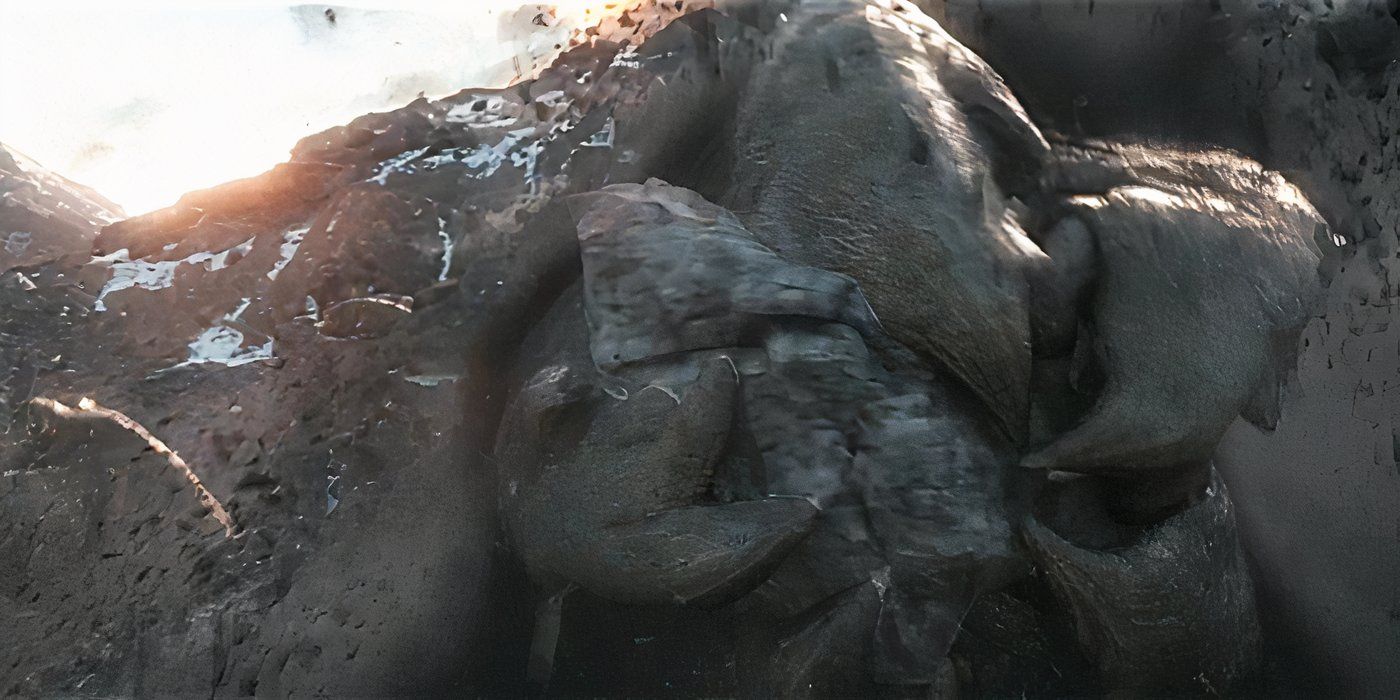
There were no nameless things confirmed in Peter Jackson’s The Lord of the Rings and Hobbit movies, but one Hobbit creature may have been a nameless thing. Meanwhile, the Watcher in the Water could have been a nameless thing, but its true species remains unknown. The Were-worms in The Hobbit: The Battle of Five Armies showed a giant worm undermining the integrity of the battlefield’s surface, calling back a line from Tolkien’s Hobbit book: “Tell me what you want done, and I will try it, if I have to walk from here to the East… and fight the wild Were-worms.”
Bilbo’s allusion to the Hobbit myth of were-worms was enough for Peter Jackson to add them to his movie, but they may have had more textual basis than he was given credit for. Gandalf said, “Far, far below the deepest delving of the Dwarves, the world is gnawed by nameless things.” These creatures tunneled underground, just like the giant worm in The Hobbit and Rings of Power, making both on-screen monsters look just like nameless things. The sea beast in Rings of Power season 1 was also a nameless thing, according to on-screen trivia.
Are The Nameless Things Sentient? Or Are They Just Monsters?
There Are Many Theories On Nameless Things
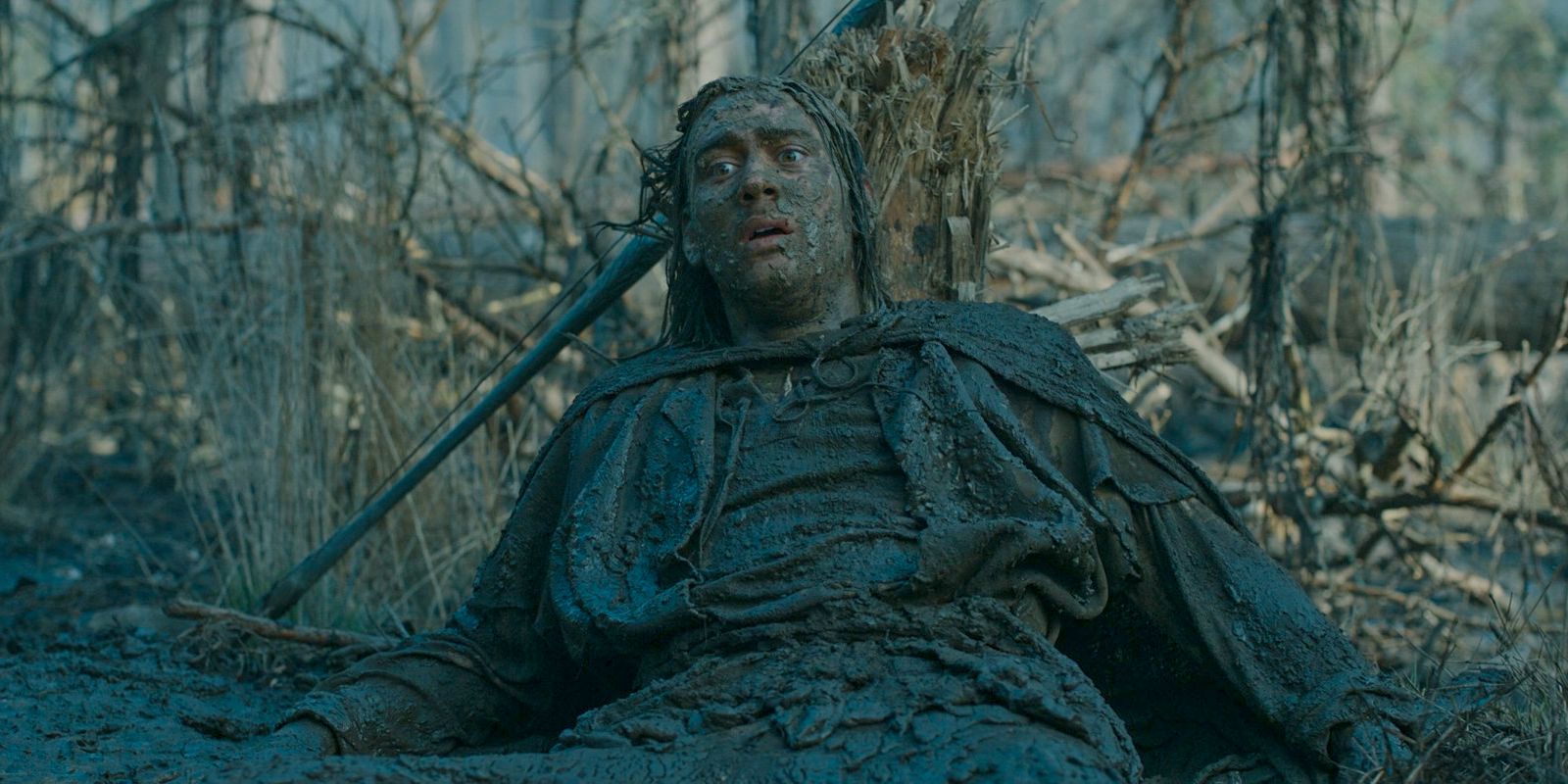
The nameless things of Tolkien’s lore, The Rings of Power, and the Warner Bros. movies have neither been confirmed as intelligent nor denied as intelligent. All living things possess sentience to a certain degree, but it was unclear if these monsters had a serious level of planning, motivation, and communication, or not. They certainly seemed to be more like animals than fantasy creatures with a high IQ, like the Ents. However, the nameless things could be far greater than they seem, with some evidence suggesting that they are the same species as Sauron and Gandalf, who can take multiple forms.
Gandalf confirmed that nameless things were older than Sauron, whereas The Silmarillion revealed that “Eru, the One… made first the Ainur… and they were with him before aught else was made.” Sauron and Gandalf were both Ainur. It wasn’t ever specified whether Eru made all Ainur at the same time or not, but it looks like nameless things could be some kind of primordial Ainur made before Sauron. The 15 Valar – Tolkien’s demigods – were also Ainur, so the nameless things could be veiling hidden power, whether they only have a basic and primordial intelligence, or not.
The Real-Life Inspiration For The Lord Of The Rings’ Nameless Things
Tolkien Loved Norse Mythology
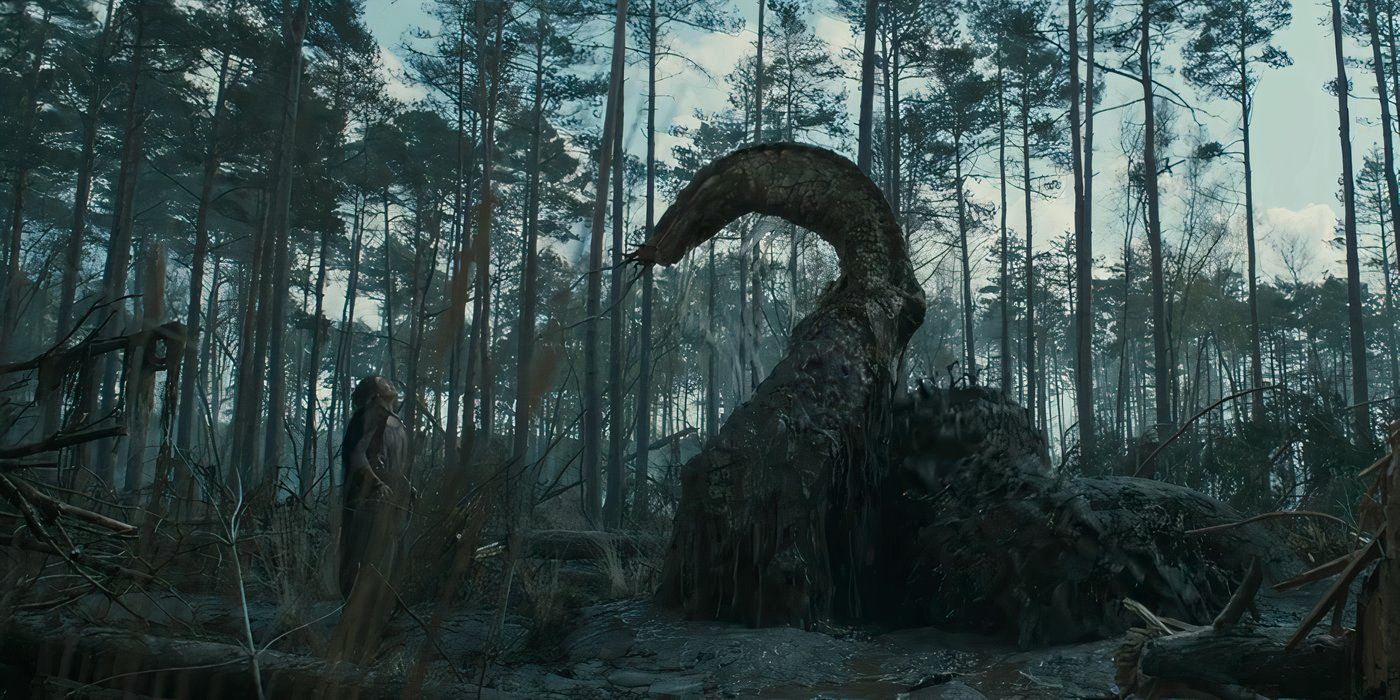
The Lord of the Rings: The Rings of Power seasons 1 and 2 are streaming on Amazon Prime Video, with new episodes out every Thursday.
Tolkien’s contemporary, H.P. Lovecraft, wrote influential science fiction, fantasy, and horror in Tolkien’s age. Lovecraft’s seminal “The Call of Cthulhu” introduced the cosmic monster, Cthulhu, which had tentacles, claws, and wings. This hybrid beast has inspired generations of fantasy and horror creators. The short story wasn’t well-known at the time, but may have inspired Tolkien, who had more engagement with other writers than the average person. The influence of both Lovecraft and Norse myth resounds in The Lord of the Rings: The Rings of Power and its source material.










